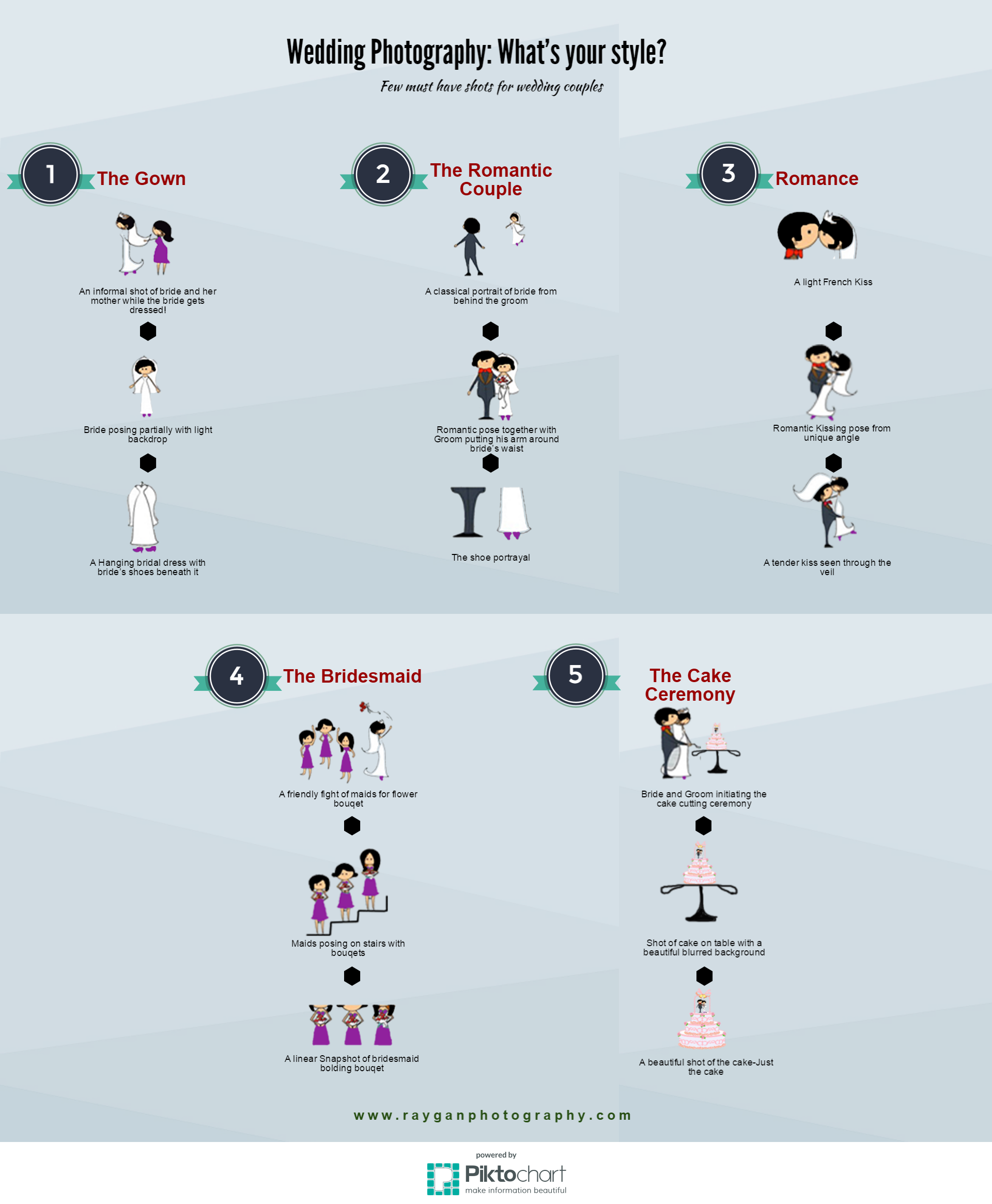Photography Tips For Beginners: Understanding Your Camera In A Snap
Photography Tips For Beginners: Understanding Your Camera In A Snap
Blog Article
Written By-Tobin Didriksen
When you initially pick up your camera, it can really feel overwhelming with all the settings and choices readily available. You could find yourself asking yourself how to navigate aperture, shutter rate, and ISO effectively. Understanding these principles is essential, however there's more to photography than just technical knowledge. Understanding structure strategies and lights problems can boost your images substantially. So, what happens if you could find out simple methods to enhance your skills and begin capturing outstanding pictures sooner than you believe? Let's discover just how to change your photography trip.
Understanding Video Camera Settings
Recognizing your camera setups is important for catching magnificent images. When you grab your video camera, familiarize on your own with the 3 main setups: aperture, shutter speed, and ISO. Each plays an important role in how your photos turn out.
Start with aperture, which controls the quantity of light entering the lens. A broader aperture (lower f-number) lets in much more light and develops a beautiful history blur, excellent for pictures. On the other hand, a narrower aperture (greater f-number) maintains more of the scene in focus, perfect for landscapes.
Next off, concentrate on shutter speed. This setting figures out the length of time your camera's sensor is subjected to light. A fast shutter rate ices up movement, which is excellent for activity shots, while a slow shutter speed can produce magnificent impacts like smooth water in landscapes.
Lastly, readjust your ISO. This setup impacts your electronic camera's sensitivity to light. A higher ISO is useful in low-light situations however can present noise or grain. Go for the lowest ISO possible while still achieving correct exposure.
Structure Techniques
When you're out shooting, composition can make all the difference in how your photos reverberate with visitors. Beginning by utilizing simply click the following post of thirds; imagine your frame divided right into 9 equivalent sections with two horizontal and two upright lines. Placement key elements along these lines or at their junctions to produce equilibrium and passion.
Next, consider leading https://pdnonline.com/features/photographer-interviews/career-launch-how-meron-menghistab-went-from-assistant-to-pro-photographer/ . https://squareblogs.net/graham53priscila/creative-ways-to-market-your-digital-photography-provider -natural lines in your scene, like roads or rivers, attract the viewer's eye right into the photo, directing them through the tale you're informing.
Don't forget framing; use components within your scene, like trees or windows, to create a frame around your topic, adding deepness and focus.
Additionally, watch on your background. A messy history can distract from your primary topic, while a basic one helps it stick out.
Last but not least, explore symmetry and patterns; they can create a striking photo that records attention.
Learning Lights Issues
Mastering illumination conditions is critical for catching spectacular photos, as the appropriate light can transform an average scene into something phenomenal.
Start by observing natural light at different times of the day. Early mornings and late afternoons supply the very best light, referred to as the golden hour. The soft, cozy tones during these times can improve your pictures magnificently.
Don't shy away from overcast days either; diffused light can lessen severe darkness and produce a pleasing result, specifically for pictures.
Explore backlighting by positioning your topic against the light source. This method can create a dreamy halo effect and include deepness to your pictures.
Focus on your cam setups also. Readjust the ISO, aperture, and shutter rate to match the lights problems. A greater ISO can aid in reduced light, however beware of grain.
Make use of a tripod in darker atmospheres to avoid blur.
Last but not least, don't fail to remember artificial illumination. Flash and constant lights can be terrific tools for controlling light in challenging conditions.
Final thought
Finally, understanding your electronic camera doesn't have to be frustrating. By comprehending your setups, using make-up techniques, and harnessing the power of natural light, you'll swiftly boost your digital photography skills. Keep in mind, exercise makes ideal, so get out there and trying out your newly found understanding. With http://eusebio9lenny.xtgem.com/__xt_blog/__xtblog_entry/__xtblog_entry/37576841-just-how-to-choose-the-right-electronic-camera-for-your-digital-photography-requirements?__xtblog_block_id=1#xt_blog and devotion, you'll be catching spectacular images that reflect your special perspective. Delight in the journey, and do not neglect to enjoy while you're at it!
